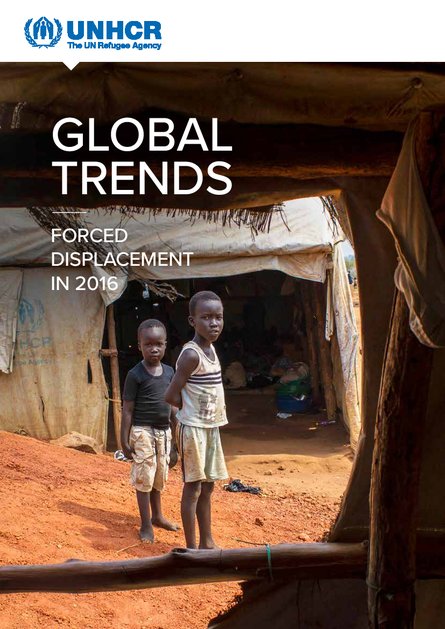
Over the past two decades, the global population of forcibly displaced people has grown substantially from 33.9 million in 1997 to 65.6 million in 2016, and it remains at a record high (see Figure 1).6 Most of this increase was concentrated between 2012 and 2015, driven mainly by the Syrian conflict. But this rise also was due to other conflicts in the region such as in Iraq and Yemen, as well as in sub-Saharan Africa including Burundi, the Central African Republic, the Democratic Republic of the Congo, South Sudan, and Sudan. The increase of recent years has led to a major increase in displacement: from about 1 in 160 people a decade ago to 1 in 113 today.
Although still at a record high at the end of 2016, the growth in the number of people who have been forcibly displaced has slowed for the first time in recent years. However, large numbers of people were on the move in 2016 and affected by forced displacement, with many people newly displaced as well as large numbers of returning refugees and IDPs. During the year, 10.3 million people were newly displaced, including 3.4 million who sought protection abroad7 and 6.9 million people who were forced to flee but remained in their own countries.8 These 10.3 million new displacements equated to an average of 20 people being newly displaced every minute of every day in 2016 (Figure 2). Still, many others returned to their countries or areas of origin to try to rebuild their lives, including 6.5 million internally displaced people (IDPs) and over 550,000 refugees.
By the end of 2016, 65.6 million individuals were forcibly displaced worldwide as a result of persecution, conflict, violence, or human rights violations. That was an increase of 300,000 people over the previous year, and the world’s forcibly displaced population remained at a record high.